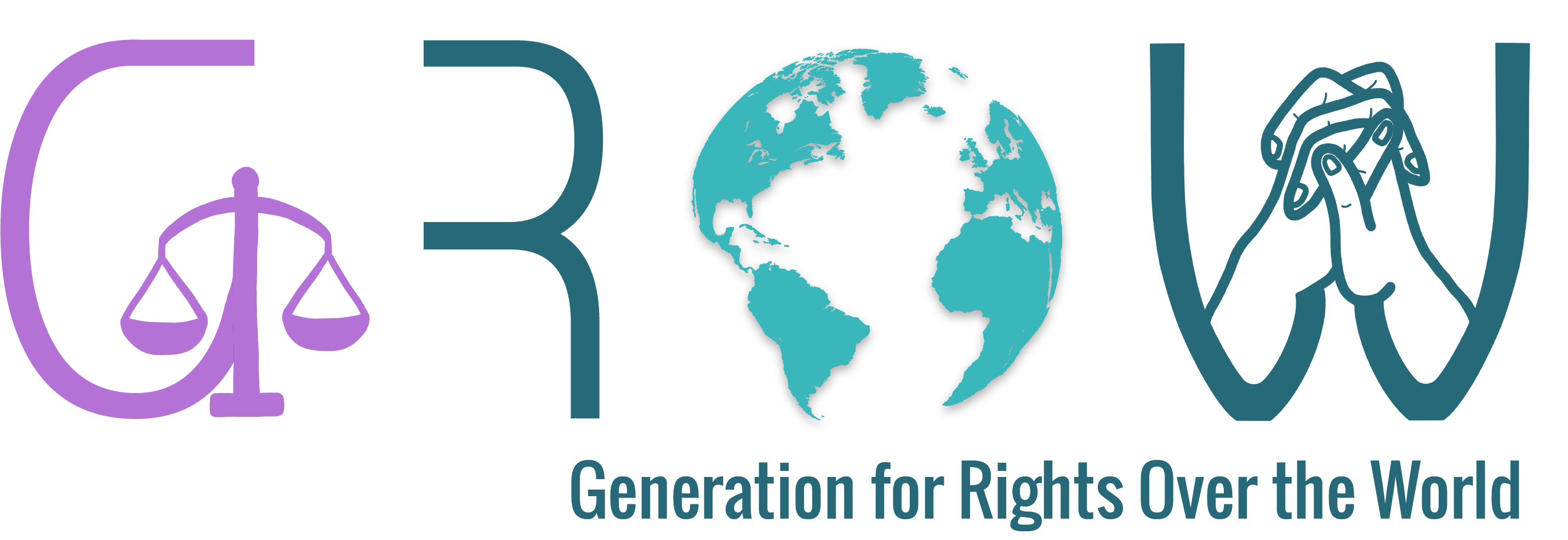TW: violences, sexual violences, suicide, murder
“Sister Marie Baptiste had a supply of sticks as long and thick as pool cues. When she heard me speak my language, she’d lift up her hands and bring the stick down on me. I’ve still got bumps and scars on my hands. I have to wear special gloves because the cold weather really hurts my hands. I tried very hard not to cry when I was being beaten, and I can still just turn off my feelings… And I’m lucky. Many of the men my age, they either didn’t make it, committed suicided or died violent deaths, or alcohol got them. And it wasn’t just my generation. My grandmother, who’s in her late nineties, to this day, it’s too painful for her to talk about what happened to her at the school.”
Testimony of Musqueam Nation’s former Chief George Guerin, who was sent to Kuper Island school.
When Europeans first settled Canada, boarding schools were created for Indigenous children. However, in the beginning of the 1880s, the Canadian government, along with the Catholic Church, implemented a federal system of residential schools. These institutions were specifically designed to assimilate, evangelise and control Canada’s Indigenous populations. This system of residential schools was sponsored and funded by the Canadian government, and most were run by the Catholic Church. More than 150,000 Native children were violently taken from their parents and sent to these schools far from their communities, to assimilate them into the culture and mores of the settlers and to make them give up their indigenous roots. They were forbidden to use their mother tongue or to refer to their culture in order to assimilate them into white Canadian society. When children broke the rules established by the residential schools’ staff, they were severely punished. Survivors of the residential schools recalled physical, psychological and sexual abuse, humiliations and ill-treatments. In addition, the education they received from the Church was very poor. Indeed, it was centred on evangelisation and indoctrination by the Church members, and included learning about the field and cooking. Boys were taught manual labour, such as woodworking and agriculture, while the girls learned housework, cooking, sewing, etc. The children were in charge of looking after the buildings of the residential schools. Under the guise of practical training, they were forced to work outside of school hours. While the girls had to clean, the boys cultivated the land and did maintenance. Boys and girls were kept separated from each other at all times, as were siblings. All traces of personal identity were erased, as the children all had the same haircut, wore the same uniform and could only speak the official language of the white population.
In 1920, the federal government passed a law named the Indian Act, stating that all Indigenous children must attend these schools, and are forbidden from attending any other educational institution. These residential schools had devastating effects on the Indigenous populations of Canada, and their consequences are still being felt today. Indeed, the children were taken away from their families and cultures, which resulted in a severe loss of cultural identity and familial stability. These children did not grow up in a family environment, which robbed them of the opportunity to create traditional and healthy family dynamics with their future children, as all they knew growing up was the residential school system.
The death rate in these institutions was extremely high. Indeed, the children had to face horrific abuse every day. They were sometimes tied up and brutally beaten with sticks, they could also be tied to their beds for long periods of time, or the staff would stick needles in their tongues when they dared to speak their mother tongue. They also faced sexual abuse, electrical torture and the list goes on. They stayed in overcrowded rooms, with almost non-existent hygiene. In 1907, a study conducted by the Canadian government concluded that around 24% of Indigenous children sent to residential schools died there. Despite these shocking findings, the government did not close the schools. Rather, they lived on until 1996, when the last residential school closed its doors.
In the 1960s, the Canadian government progressively moved from the residential school system to the child welfare system, which would later be called the “Sixties Scoop”. Indigenous children were systematically taken from their parents by Canadian social services, to be placed with white families in an effort to assimilate them into Canadian culture. Similarly to the residential schools, children were forced to deny their Indigenous roots and heritage, in order to embrace the traditional white Canadian culture. During this period, the Canadian government also decided to put a stop to the segregation that was taking place in schools and to integrate Indigenous children into the regular Canadian school system, while also removing the Church’s presence from the remaining residential schools. Eventually, the residential schools all closed, but their consequences are still a looming shadow over the Indigenous communities of Canada.
Indeed, Indigenous children grew up to become traumatised adults, who had no real academic education and struggled to reintegrate into their communities. As they were stripped from their identity by force, they have trouble reconnecting with their heritage. The racist education they were given, whether in residential schools or in the social services system, inculcated in them the idea that their culture was inferior to the white Canadian one, leading to countless cultural losses of languages and traditions. The “Sixties Scoop” had long-lasting effects, with Indigenous children still making up the overwhelming majority of the statistics for children in Canadian social services.
In the past few years, hundreds of children’s bodies were discovered under the buildings of residential schools, with some estimated to be as young as three years old. These children’s deaths have not been documented, making it impossible to retrace their family. On June 18, 2008, the Canadian government officially apologised for its role in the creation and maintenance of residential schools. However, this does not erase the terrible, long-lasting consequences of these policies on Canada’s Indigenous peoples. In July 2022, Pope Francis apologised as well for the Church’s role in the abduction, abuse and murder of First Nations, Metis and Inuit children. However, these words seem to be empty, as the Church still refuses to declassify the documents necessary to identify the children who died in these schools, and to reconstitute what happened within their walls. Therefore, while those apologies may be a first step in the right direction, there is still a long way to go towards reconciliation with Indigenous peoples.







